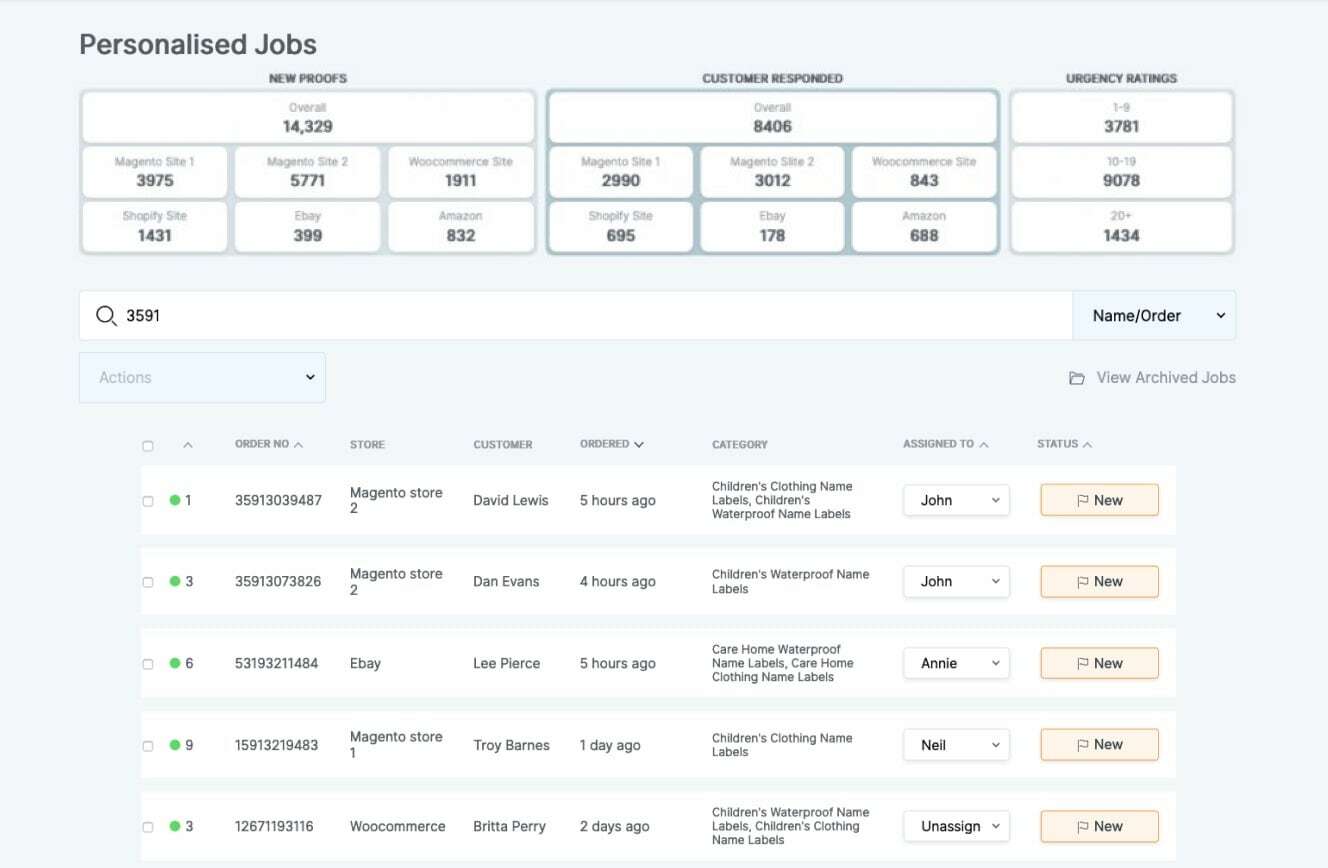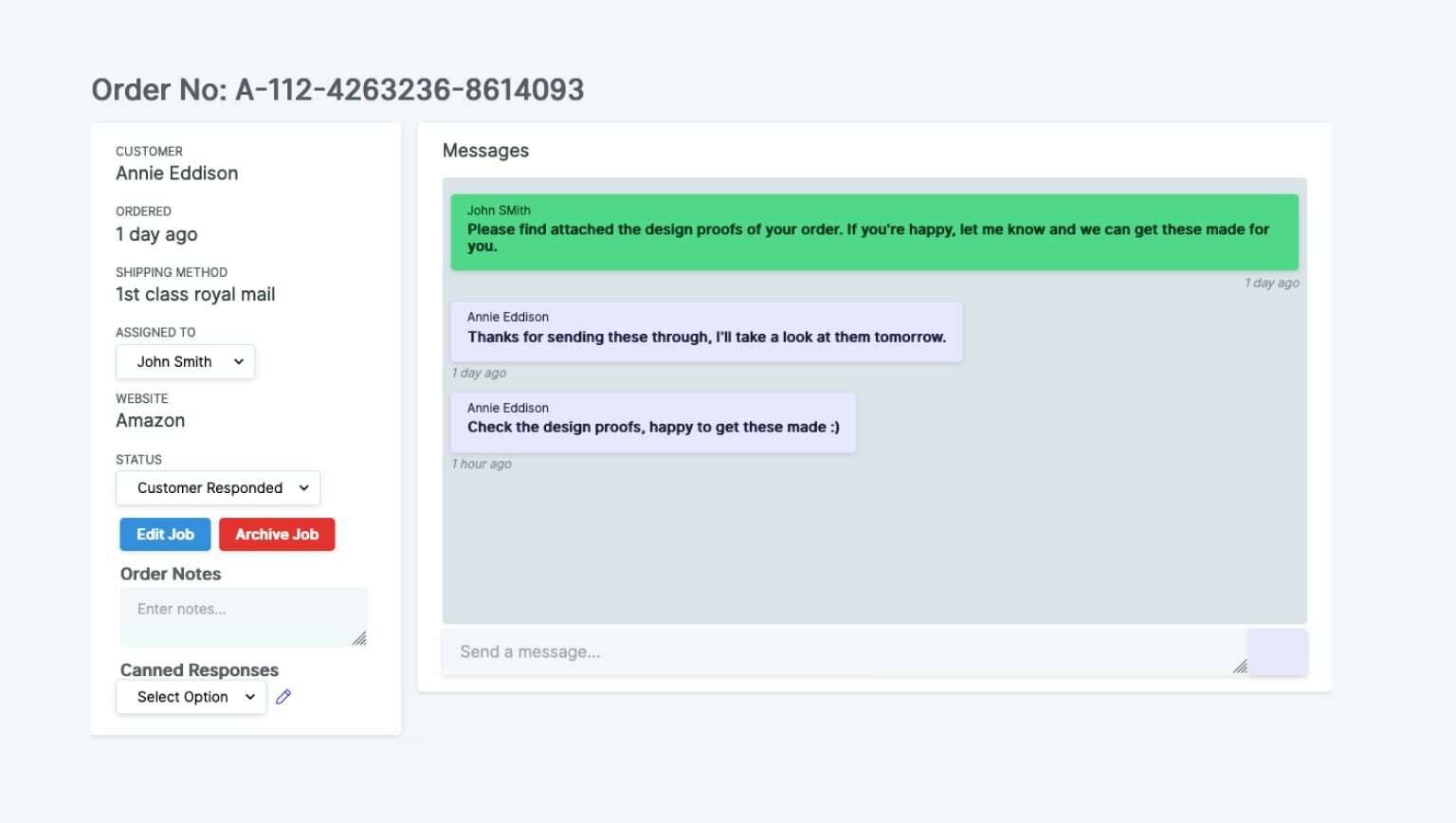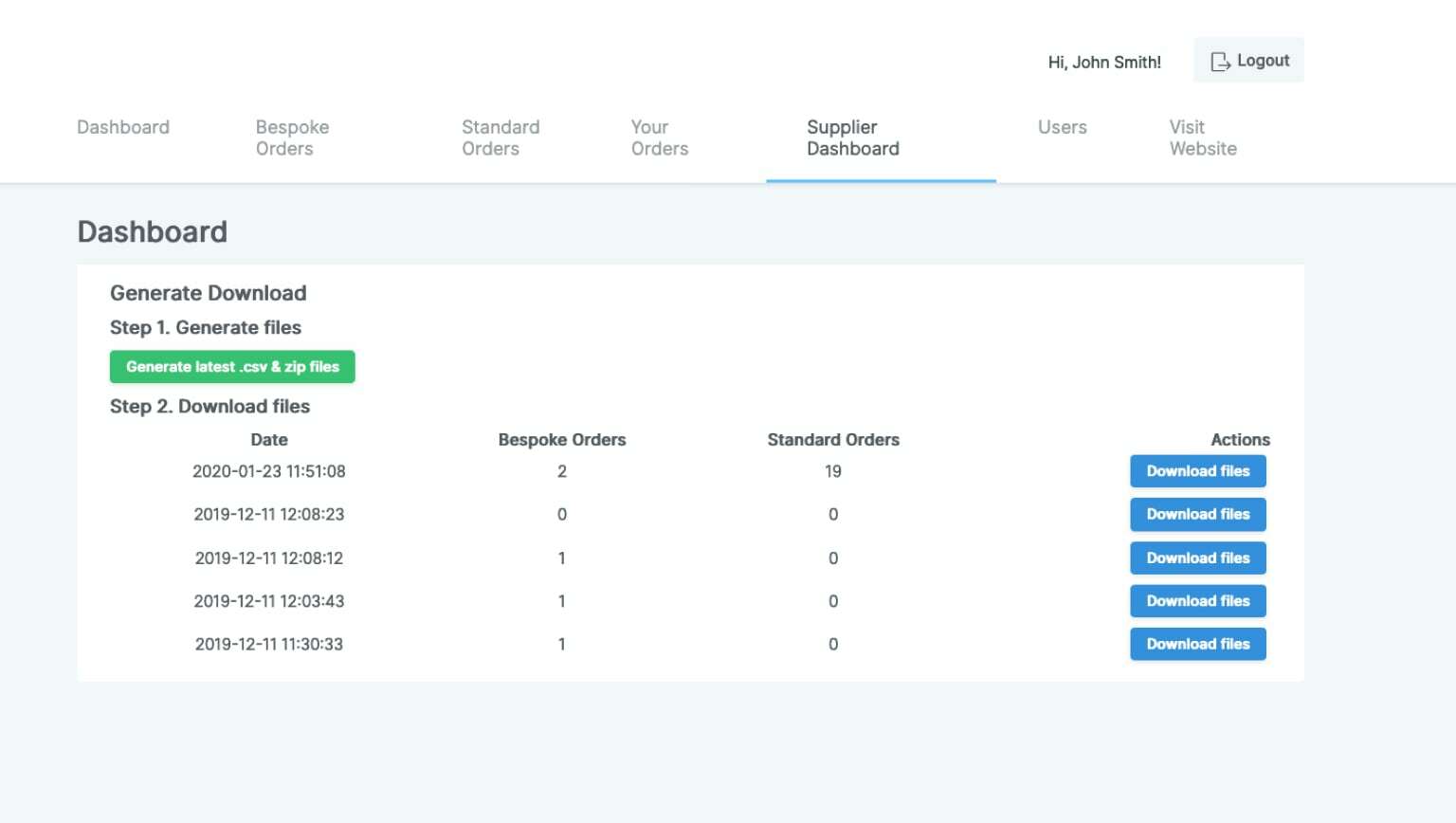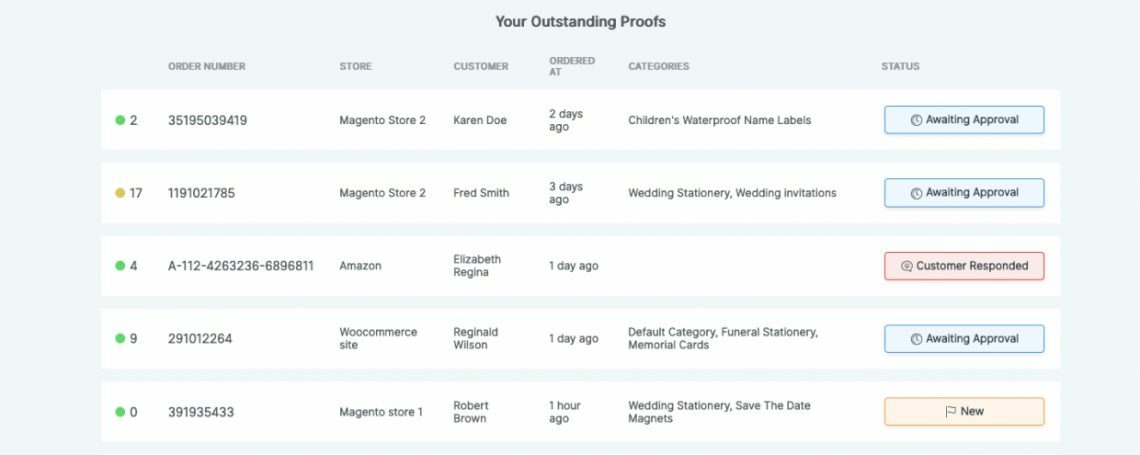-
Websites

Websites →
Creative websites built for real businesses
-
eCommerce

eCommerce →
Convert your visitors into paying customers
-
Software

Software →
Prefer to chat about your support needs? Contact Us
-
Support and Hosting

Support and Hosting →
Prefer to chat about your support needs? Contact us
Contact us →

×
-
What we do
- Websites
- Ecommerce
- Support and Hosting
- Software
- Design
- Data Analysis Service
- Marketing
-
Other stuff
- About
- Blog
- Portfolio
- Contact
- Local Area
Call us




